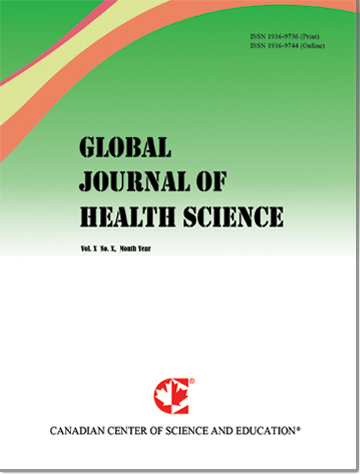The Burden of Smoking Among Medical Students in Jordan: Insights from a National Quota Sampling Study
- Samir S. Mahgoub
- Youssef Hussein
- Abdallah Daradkeh
- Waleed Adnan Azayzh
- Khaled Omar Mahmoud Khader
- Ala Mohammad Yaser Alfreahat
- Ashraf A Zaghloul
Abstract
BACKGROUND: Smoking is a leading cause of preventable illness and death. Although medical students and physicians are generally aware of the health risks associated with smoking, some still engage in the habit.
AIM: This study aimed to assess the prevalence of smoking among medical students in Jordan.
METHODS: A quota sampling design was employed, involving 1,311 medical students from six Jordanian universities. Data were collected using a self-administered questionnaire comprising two sections: socio-demographic information and smoking-related variables. Quantitative data were initially recorded in continuous form and subsequently categorized for statistical analysis.
RESULTS: The overall prevalence of smoking among the surveyed medical students was 19.67%. Among smokers, 83.3% were male and 16.5% were female. The highest prevalence of smoking in both sexes was observed in the 20–25 age group. Among male smokers, 41.6% reported smoking 20 or more cigarettes per day, whereas 67.6% of female smokers reported smoking 1–9 cigarettes per day. Additionally, 60.4% of male smokers and 50.0% of female smokers expressed a desire to quit. Notably, the success rate of quitting was higher among female smokers than among their male counterparts.
CONCLUSION: Smoking prevalence was higher among male medical students compared to females. Peer influence was a more significant factor in smoking initiation among males, while family influence was more prominent among females. Although a greater proportion of male smokers expressed an intention to quit, female smokers had a higher rate of successful cessation.
 PDF
PDF
